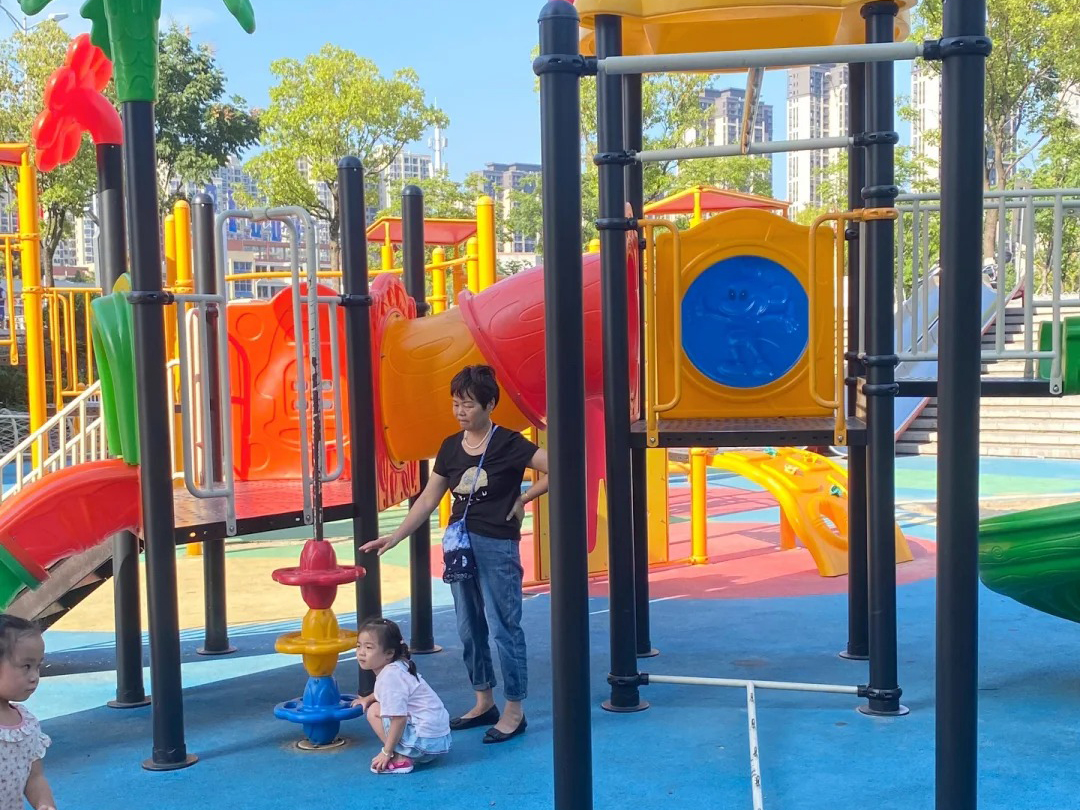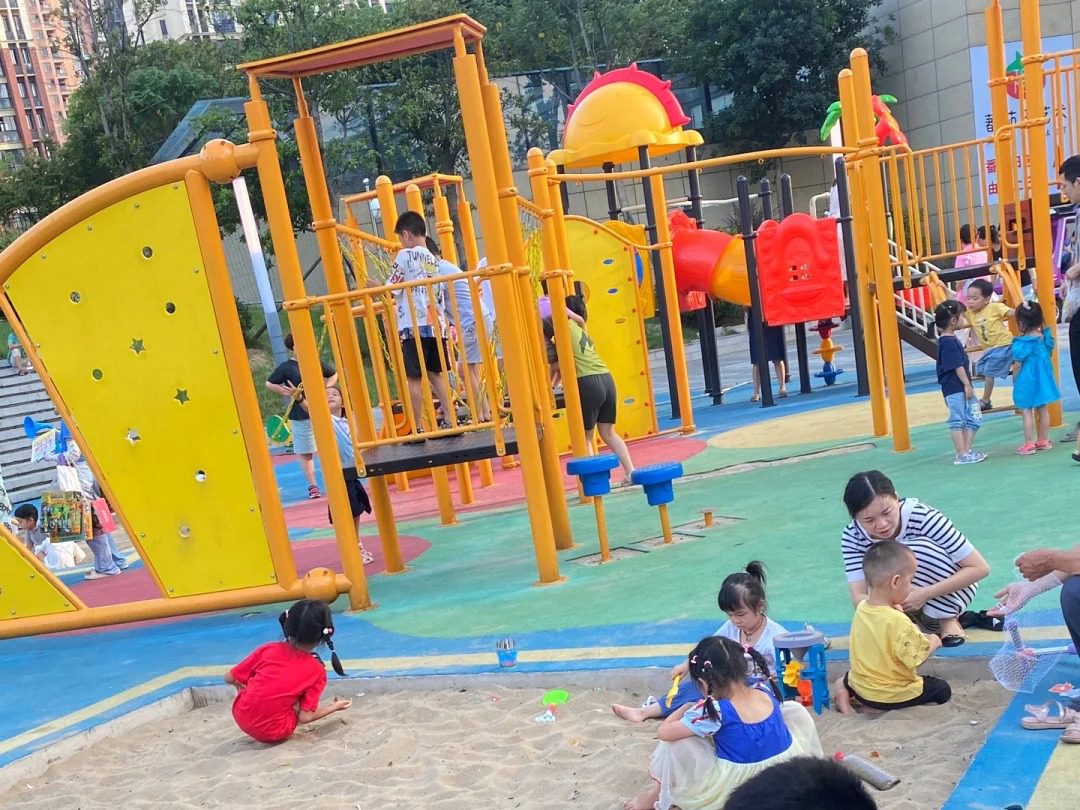Nowadays, with the rapid development of outdoor cultural tourism and the practice of child-friendly policies, the prospects of the parent-child business are bound to be considerable, and the input and output are directly proportional to the good projects. If you want to make an outdoor park at this time, what procedures do you need to prepare?

1. Conduct a site assessment to see if the nature of the land is suitable, creating a successful non-powered park requires designers and investors to have a deep understanding of the site, fully understand the topography of the site and the surrounding environment of the site.
2. Different equipment has different groups of children, and the non-powered park designer should review the facilities and draw their distribution maps before designing, focusing on the playground service objects, and carefully design on this basis to meet the needs of more children of different ages.
3. Apply for a permit: Before establishing a non-powered park, apply for a permit from the local authorities, such as the local tourism bureau or the relevant urban planning and management department.

4. Proof of safety check: The opening of a non-powered park needs to ensure the safety of visitors. Before the official opening, it is necessary to ask a professional organization to conduct a safety inspection of the equipment and obtain a safety inspection certificate.
5. Fire safety acceptance: The equipment and venues of the non-powered park need to meet fire safety standards, and they need to apply to the local fire department for a fire safety acceptance certificate.
6. Tax registration certificate: According to the regulations of the national tax department, non-powered parks need to apply for a tax registration certificate from the local tax department.


1. Conduct a site assessment to see if the nature of the land is suitable, creating a successful non-powered park requires designers and investors to have a deep understanding of the site, fully understand the topography of the site and the surrounding environment of the site.
2. Different equipment has different groups of children, and the non-powered park designer should review the facilities and draw their distribution maps before designing, focusing on the playground service objects, and carefully design on this basis to meet the needs of more children of different ages.
3. Apply for a permit: Before establishing a non-powered park, apply for a permit from the local authorities, such as the local tourism bureau or the relevant urban planning and management department.

4. Proof of safety check: The opening of a non-powered park needs to ensure the safety of visitors. Before the official opening, it is necessary to ask a professional organization to conduct a safety inspection of the equipment and obtain a safety inspection certificate.
5. Fire safety acceptance: The equipment and venues of the non-powered park need to meet fire safety standards, and they need to apply to the local fire department for a fire safety acceptance certificate.
6. Tax registration certificate: According to the regulations of the national tax department, non-powered parks need to apply for a tax registration certificate from the local tax department.




